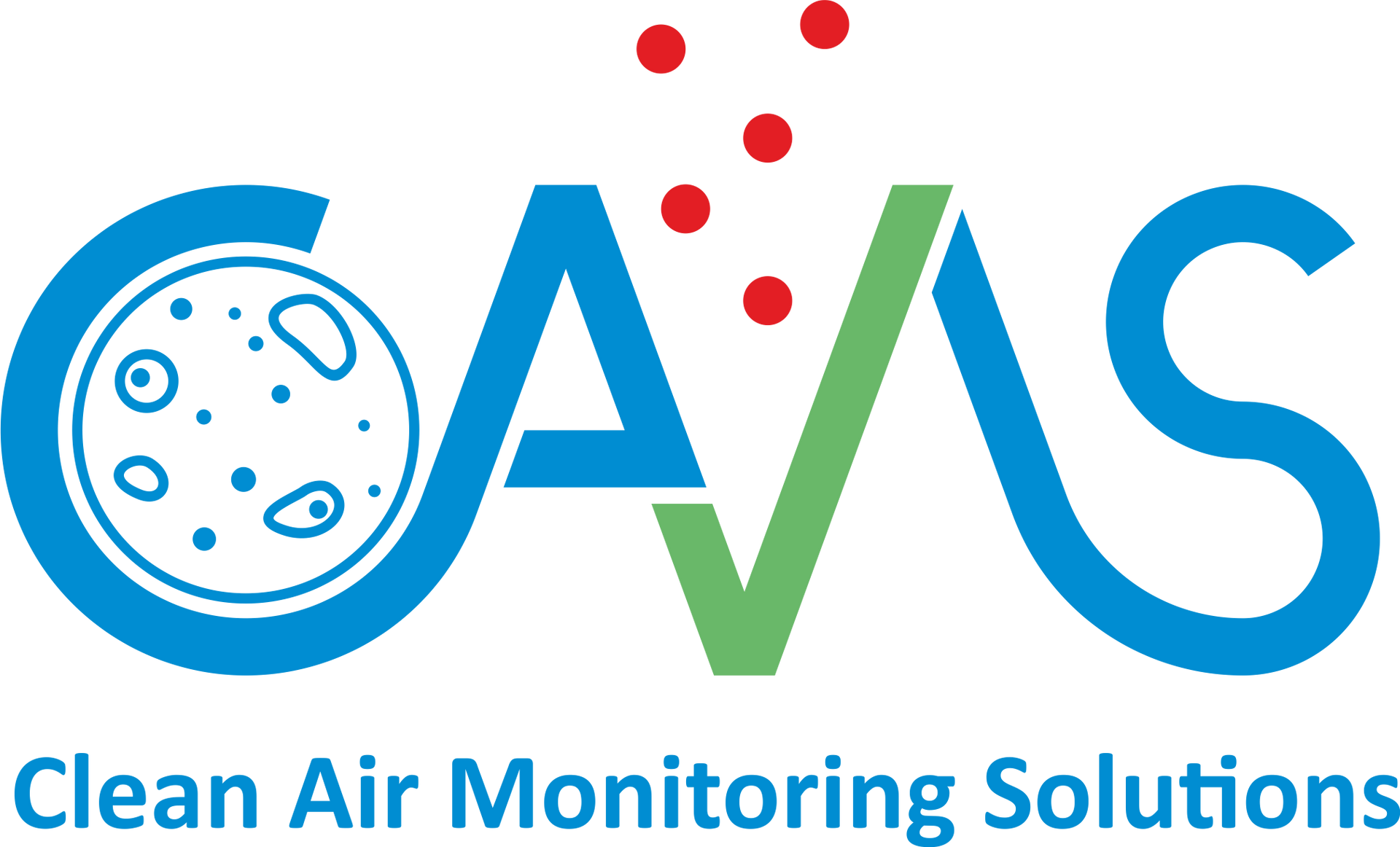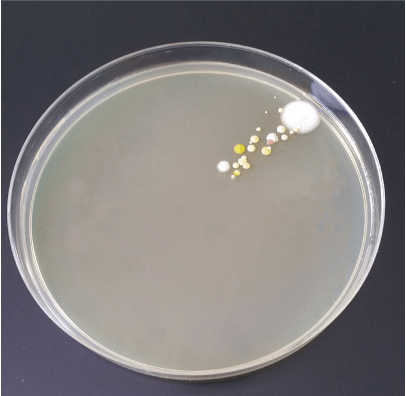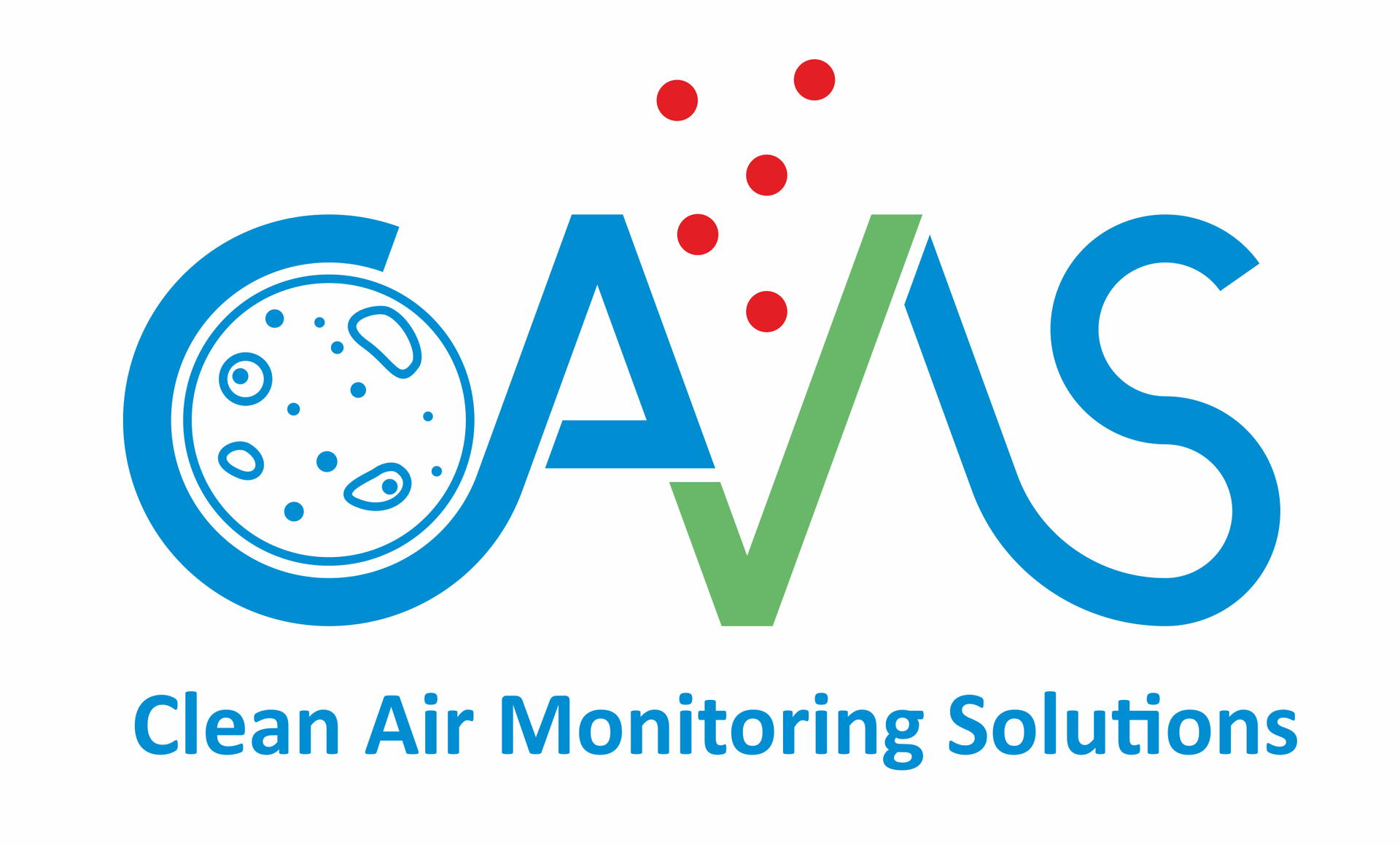Increased accuracy using Agar Based Environmental Monitoring
The Challenge: Accurate reporting of Biological Events in a grade A environment.
The end customer is a pharmaceutical global player, and this project was at its operation in Austria.
This customer was new to CAMS at the time. The project manager had been looking at how they might deploy continuous monitoring to meet the requirements of Annex 1.
The project manager and his team had investigated using real time fluorescence-based monitoring systems to deliver continuous monitoring which would be annex 1 compliant.
They had experienced some frustration with the real time systems they had tried, mostly because of the occasional tendency for real time systems to flag false positive events. They needed a higher degree of accuracy, and so they contacted us.
The solution: The CAMS ISO-90
We discussed how we would address the challenge. Working with the end customer and our partner, we established that a solution based on CAMS ISO-90 technology monitoring onto agar would deliver the most practical and reliable option.
Having installed and configured the systems, Annex 1 compliant continuous monitoring is now in place.
This had an immediate benefit. As the customer said, “With agar, we are dealing with real CFU (Colony Forming Units) and not ‘events’, and colonies are very easy to grow, count and identify to species level.”
Slit-to-Agar Continuous Monitoring
This example shows how slit to agar technology is a key part of environmental monitoring in a grade A environment.
Pharmaceutical companies already have all of the infrastructure and knowhow to handle agar plates and interpret the results with many years of historic data as a baseline, giving confidence that any results can be interpreted accurately.
The system in question in this case, the CAMS ISO-90, has an impressive 0.53μ d50. The particle concentrator inside a real-time system has a particle sampling efficiency typically around 2μ. The challenge here is that one organism might be highly significant in the environment, and may be missed if the particle is very small.
For this reason, the customer had reached the conclusion that the real-time system represented too big a risk.
A Hybrid Approach?
Real time systems tended to be physically bigger, more expensive, and complex than other methods of environmental monitoring, and this complexity and expense, coupled with the lower performance, is what has stopped many organisations from investing in them.
However, real time systems – as the name suggests – have the advantage of speed. So, for some organisations, a hybrid approach is the answer. Using the real-time system for early indication of a potential problem, in conjunction with slit-to-agar systems for lower-cost and more accurate analysis of any resultant CFU. This combines the speed of real-time with the ‘forensic’ accuracy of slit-to-agar for a win-win for the customer.


